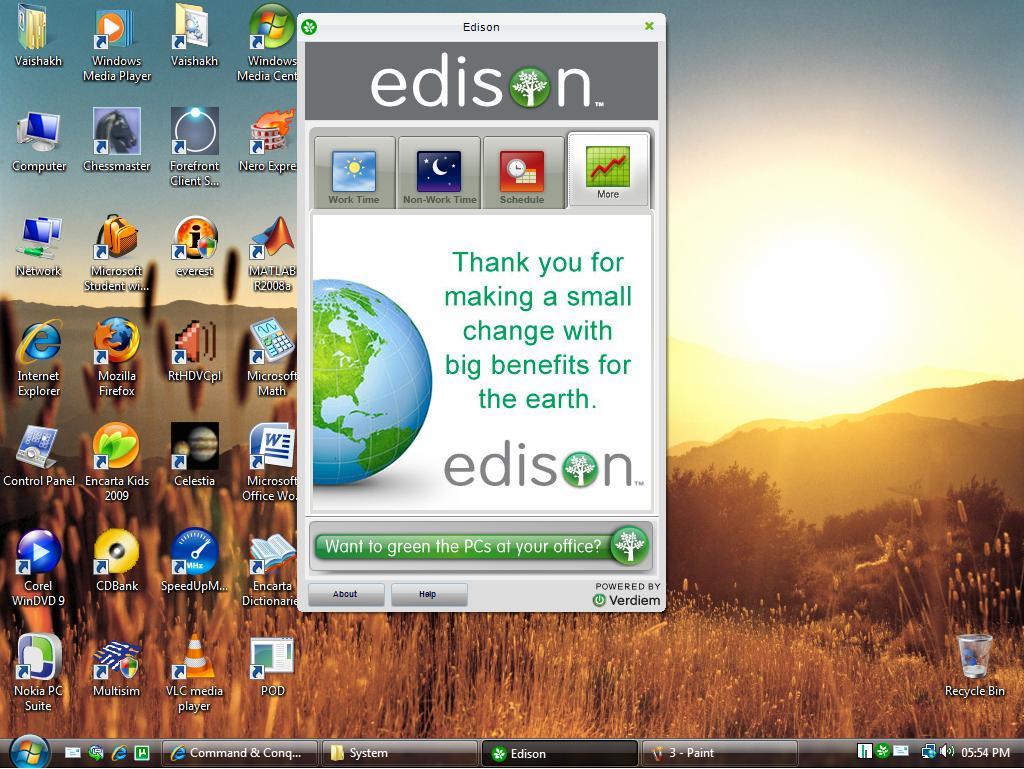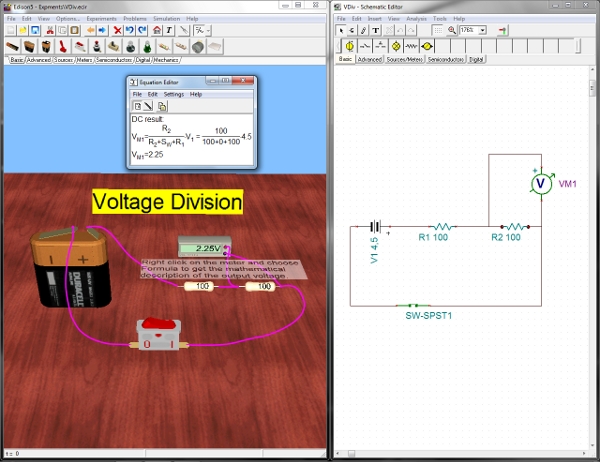

A second USB connector provides you with access to the Edison's USB OTG interface. It provides power over USB, as well as a console.

#DOWNLOAD EDISON 5 FULL VERSION HOW TO#
Setting Up the Console - How to use the Edison's console port to interact with the Linux kernel.Programming the Edison in Arduino - An introduction to developing on the Edison through Arduino.Plugging In - What to expect and what to look for the first time you plug the Edison into your computer.
#DOWNLOAD EDISON 5 FULL VERSION DRIVERS#
Download Drivers and Arduino - A plethora of links to get your computer ready for Edison development.The tutorial is split into the following sections: We'll also cover how to program the Edison through the comfy confines of Arduino. We'll walk you through everything from handling and powering the Edison to getting a console loaded up and connecting it to WiFi. This tutorial is focused on getting you ready to develop on the Edison. Once you have the Edison plugged into a power and console source, you can interact with the on-board Linux kernel and start developing! Covered In This Tutorial Learn more about the Blocks and how they interconnect by reading our General Guide to SparkFun Blocks for Intel Edison The Edison Blocks which (among many other boards) include the Base Block, Console Block, Console Basic Block, and Battery Block are a great way to customize your Edison project, while maintaining the minuscule form factor. They're board-to-board connectors, so to interface the Edison with other components you'll need a board with a mating Hirose connector.Ĭurrently, the mating boards available include a whole host of SparkFun Edison Blocks, the Arduino Expansion Board, and the ((). These fine-pitch connectors are great for keeping things small, but can be difficult to interface with. To keep the platform small, all of the I/O pins are broken out to a 70-pin Hirose DF40C connector. The module is equipped with a Linux OS based on Yocto, so you can compile C/C++ files, or run Python, Node.js, and other scripts. It has the power to change how we all think about embedded computing. Needless to say, the Edison is a powerful, little electronics brain. You can also see the an antenna for WiFi/Bluetooth and a u.FL connector for attaching an external antenna.


 0 kommentar(er)
0 kommentar(er)
